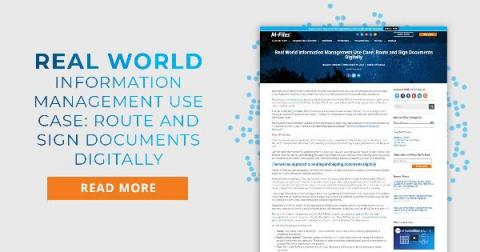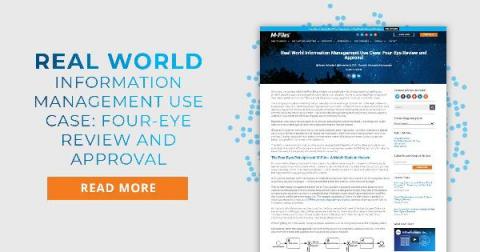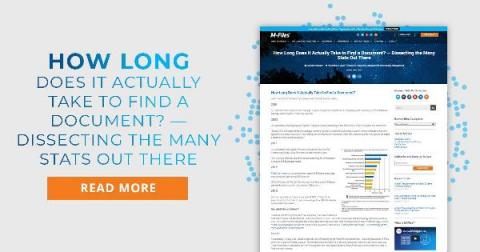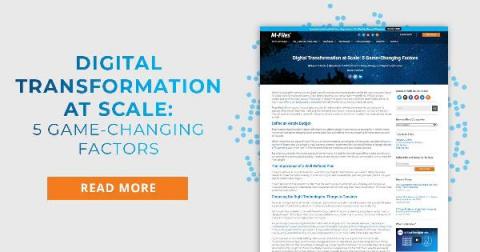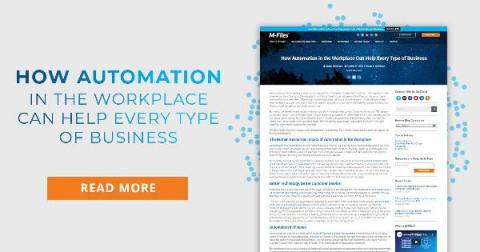Real World Information Management Use Case: Route and Sign Documents Electronically
You might be surprised to learn that one of the most meaningful, long-term, positive changes that you can make to your business ties directly into something that a lot of us probably take for granted: electronic signatures. According to one recent study, adopting eSignatures has allowed 92% of financial institutions in particular to cut scanning errors in their workflows. Another 66% of them were able to significantly reduce missing files, thus improving data quality.


